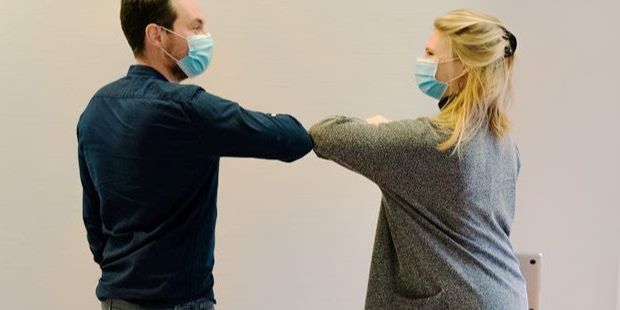
When all the restrictions on social mixing are finally lifted, and not just the Government ones but those imposed by companies in-order to protect their staff, how will you handle relations with the media going forward? Given how, thanks to COVID, so many conversations with the press have moved on-line it’s probably inevitable that post-pandemic those holders of the corporate purse strings will be asking their counterparts in various PR departments: “Do we really need to go back to the previous level of spending on ‘real’ press events? You seem to have managed OK without them.” It should make for an interesting discussion. Either way, regardless of whether you’re a provider or a creator of news, there’s no denying the savings in time and money delivered by virtual conversations with journalists.
Having recently witnessed various on-line product launches at first-hand, I’ve no doubt the phenomena of dealing with the media ‘virtually’ will continue to grow. What better way for a time-starved journalist to recoup much-needed minutes than by watching a press event from the comfort of their own desk? And why travel many miles just to interview someone when you can do it all remotely?
While the benefits of Skype, Teams and Zoom are there for all to see (literally) it’s harder to put a value on meeting someone ‘in person’. After months of digital separation, don’t underestimate the importance of once again talking to the press ‘in person’ rather than simply via the internet. Face-to-face conversations are the bedrock upon which strong relationships and mutual trust are built. And not just for journalists, but for everyone. I was reminded of this fact recently after hearing comments from a psychologist on a fascinating TED Radio Hour talk on BBC Sounds https://www.bbc.co.uk/sounds/play/m000xf04
As a business journalist I always felt interviewing someone face-to-face delivered much more than a telephone call. Physically seeing them in their own environment provided a lot more context to what they were saying. Body language, facial expression, personal background (some call it ‘Hinterland’), all are nuances that aren’t particularly easy to spot on a computer screen. Whereas witnessing them in real life can help ensure the right message is received by the person asking the questions.
Ironically, some of the most important and illuminating conversations I had as a business journalist came from casually bumping into various corporate movers and shakers, usually at an industry event. The kind of ad hoc, spur of the moment, non-time managed chats that not only helped me understand what was happening in their world, but also in the world around us. A face-to-face encounter with a journalist can create a positive relationship that has the potential to exist long after the initial story has been written.
When we can all finally mix freely again (and hopefully it won’t be too long now), if you’ve got something to tell a journalist and you were planning to do it via an on-line conversation, just pause a moment to consider what you might gain from doing it face-to-face.

